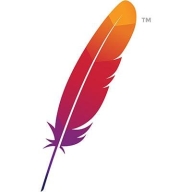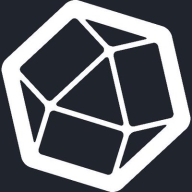


Find out what your peers are saying about MongoDB, Microsoft, ScyllaDB and others in NoSQL Databases.
| Product | Market Share (%) |
|---|---|
| InfluxDB | 6.9% |
| Cassandra | 8.7% |
| Neo4j Graph Database | 5.7% |
| Other | 78.7% |


| Company Size | Count |
|---|---|
| Small Business | 8 |
| Midsize Enterprise | 1 |
| Large Enterprise | 13 |
| Company Size | Count |
|---|---|
| Small Business | 3 |
| Midsize Enterprise | 3 |
| Large Enterprise | 6 |
Cassandra is a distributed and scalable database management system used for real-time data processing.
It is highly valued for its ability to handle large amounts of data, scalability, high availability, fault tolerance, and flexible data model.
It is commonly used in finance, e-commerce, and social media industries.
InfluxDB is open-source software that helps developers and enterprises alike to collect, store, process, and visualize time series data and to build next-generation applications. InfluxDB provides monitoring and insight on IoT, application, system, container, and infrastructure quickly and easily without complexities or compromises in scale, speed, or productivity.
InfluxDB has become a popular insight system for unified metrics and events enabling the most demanding SLAs. InfluxDB is used in just about every type of industry across a wide range of use cases, including network monitoring, IoT monitoring, industrial IoT, and infrastructure and application monitoring.
InfluxDB offers its users:
InfluxDB Benefits
There are several benefits to using InfluxDB . Some of the biggest advantages the solution offers include:
Reviews from Real Users
InfluxDB stands out among its competitors for a number of reasons. Two major ones are its flexible integration options and its data aggregation feature.
Shalauddin Ahamad S., a software engineer at a tech services company, notes, “The most valuable features are aggregating the data and the integration with Grafana for monitoring.”
Neo4j is the graph database solution allowing the analysis of complex relationships and patterns in data, leading to better decision-making and improved business processes. The graph database offers easy data integration from multiple sources, providing a more comprehensive view.
The most valuable aspect of a graph database is its performance and response time, as it does not use the join function and only has nodes and raw data. Overall, Neo4j, as a global first-ranking solution, has helped organizations become more efficient and effective in data analysis and decision-making processes.